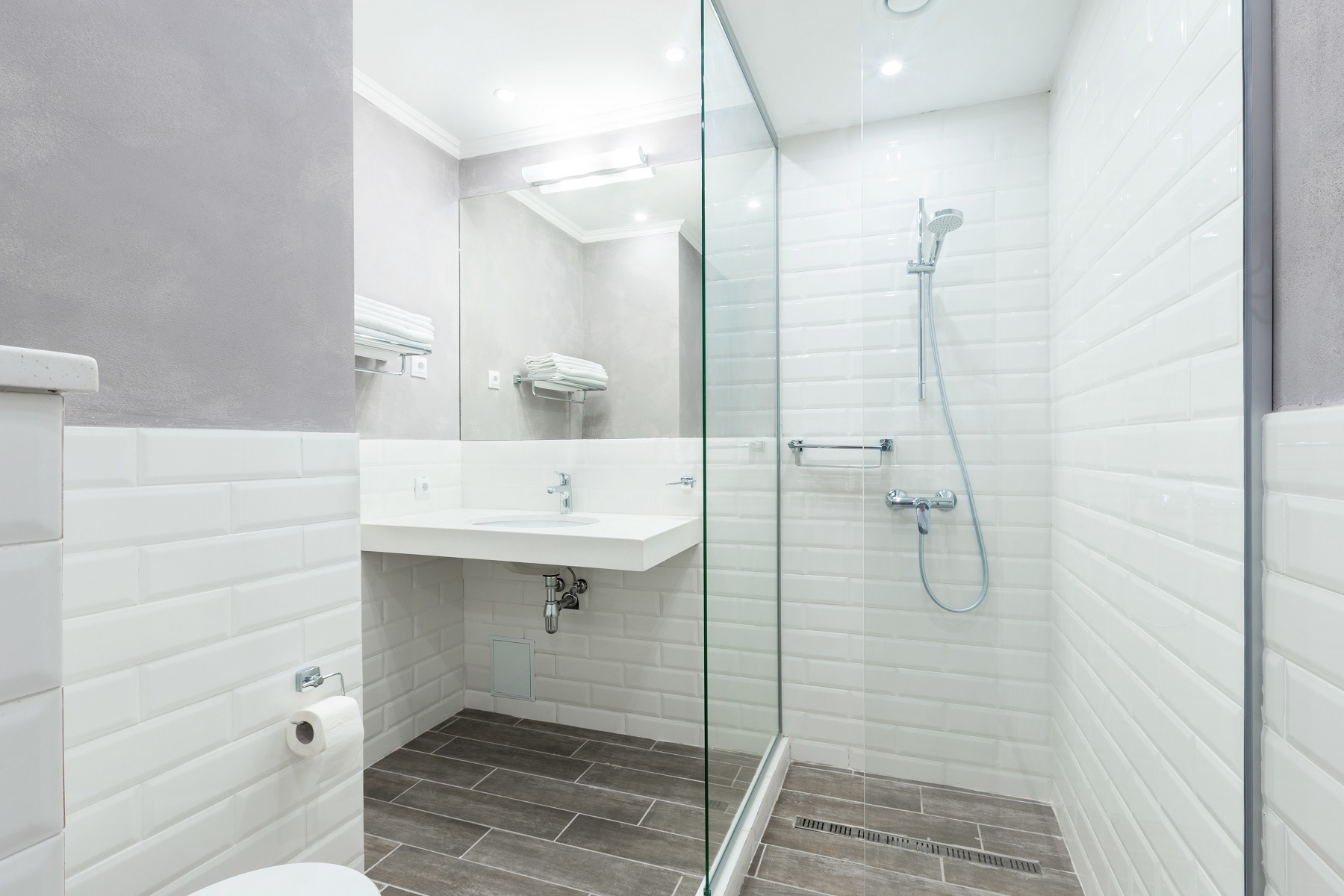5 Points Nobody Tells You around Shower & Bathtub Wall Panels
5 Points Nobody Tells You around Shower & Bathtub Wall Panels
Blog Article
{Visit My Web Page Presented here in the next paragraph you can discover additional great information and facts when it comes to Finding the Right Plumbing Expert. We recommend that you clean your acrylic bathing product made of Delta ProCrylic or Acrylic with Innovex Technology with non-abrasive soaps and cleaners, such as: When it’s time to clean, always use a terry cloth towel, soft cloth or sponge to avoid scratching the acrylic surface. Don’t use abrasive scrubbing pads, steel wool or sponges, cause permanent damage to the acrylic material. If you use a drain cleaner or clog remover, be sure to rinse thoroughly with water so no product is left standing near the drain. Some chemicals and cleaners may deteriorate acrylic surfaces, causing cracks and, potentially, property damage. To avoid this, don’t use cleaning products that state on their label that they are not suitable for use on Acrylic, ABS, Polystyrene or Plastic. Be sure to check the label of any product before you apply it to the surface; it’s easier to avoid damage than to try to remedy it. Chemicals we do not recommend using to clean acrylic showers/tubs: When you’re ready to apply sealant, a little planning goes a long way. Pick up some painter’s tape and use it to mask off the seam to help make cleaning up easier. When you’re applying the bead, use a constant, steady speed to avoid an uneven finish. Use a caulk tool or a plastic spoon to work the sealant into the joint. Wetting the tool with denatured alcohol will help create a smooth finish. Follow the directions on the back of the tube for cure time. Certain chemicals and cleaners may deteriorate acrylic surfaces, causing cracks and, potentially, property damage. After you’re finished applying it, clean up the product surface and remove any excess sealant with denatured alcohol. Don’t use solvents (turpentine, lacquer thinner, mineral spirits, paint thinner, MEK, xylene, acetone, naphtha, etc.) that can wreak havoc on an acrylic surface. With a little care and consideration, you can prevent damage to your acrylic shower or tub. Keep a supply of soft cloths handy and remove any damaging products or abrasive scrubbing items from the bathroom to ensure they aren’t around when it’s time to clean. https://www.deltafaucet.com/design-innovation/inspiredliving/how-to-clean-acrylic-shower Do you like reading about Finding the Right Plumbing Expert? Put a comment directly below. We will be delighted to find out your responses about this blog entry. We are looking forward that you come back again before long. I beg you take a moment to share this blog post if you liked it. Thanks a lot for your time invested reading it.
Acrylic baths, shower trays, and also other acrylic shower room ware have come to be more typical in shower rooms in current times. Not as resilient as well as elegant as enamel as well as porcelain baths as well as fixtures, they are a lot more cost effective and offer pretty much the very same basic objective. Some typical instances of damage to acrylic shower room fixtures include staining, splits, holes, etc.Bath Staining
With prolonged use of acrylic bathrooms comes staining or discoloration. While some spots can be eliminated easily, making use of special chemicals, others call for that the bathroom be resprayed. Aromatherapy oils loosen up the dust in some cases therefore bring back the bathroom to its previous glory.Chain reaction
Often, individuals try to paint the whole surface of their acrylic bathroom by themselves either since they do not such as the shade to conceal imperfections. You ought to never use paint cleaner on acrylic baths. Paint eliminators do not react with the surface area of steel baths, they damage acrylic bathrooms irreversibly.Damaged shower or bathroom surface
Polymer shower room fixtures are not abrasion-resistant like enamel ranges. Being an extremely soft product, acrylic scratches can even be concealed without coating or filling. For these, you should seek specialist aid for your bath repair services.Broken Polymer Baths
The life expectancy of acrylic and also fiberglass bathrooms is up to 15-20 years for shower frying pans as well as baths, normally. Cracks in an acrylic shower tray are most likely amongst the simplest issues to fix for a repair service expert. This is the same for PVC, resin, as well as other such materials.
Polymer baths, shower trays, and other acrylic shower room ware have come to be much more usual in bathrooms in current times. With extended usage of acrylic baths comes staining or discoloration. You need to never utilize paint remover on acrylic baths. Paint cleaners do not respond with the surface area of steel bathrooms, they damage acrylic baths irreversibly. The life-span of acrylic as well as fiberglass bathrooms is up to 15-20 years for shower frying pans and bathrooms, normally.How to clean Acrylic shower
USE THESE NON-ABRASIVE CLEANERS
DO NOT USE THESE CLEANERS
Sealant Application Tips

Request Estimate